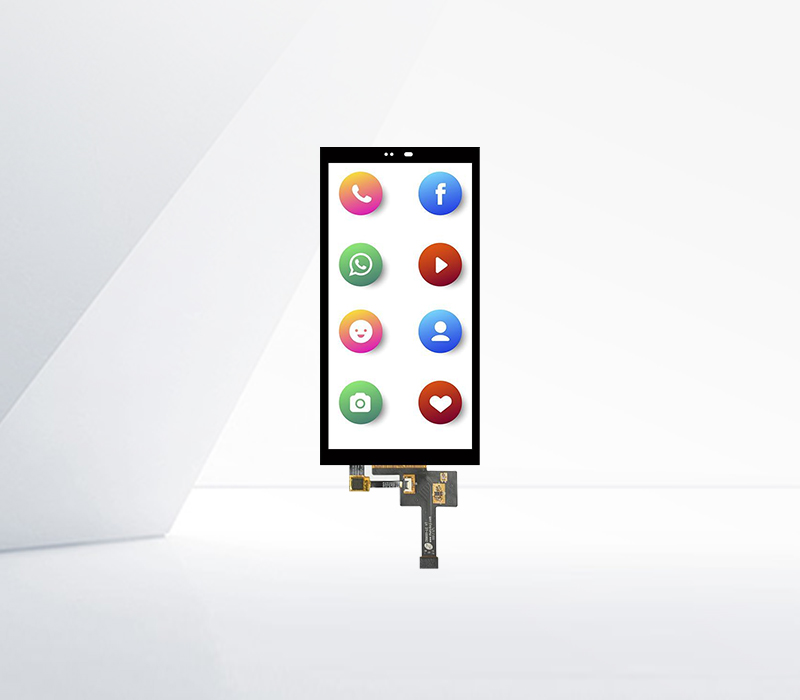




When using this LCD module in product design, please ensure that the LCD perspective view is consistent with the product's usage.
LCD screens are based on glass, and falling or hitting hard objects may cause the LCD screen to break or shatter, especially in corners.
Although the polarizing film on the surface of the liquid crystal has a surface that suppresses reflection, care should be taken not to scratch the surface. It is generally recommended to use a protective screen made of transparent plastic material on the surface of the liquid crystal.
If the liquid crystal module is stored below the specified temperature, the liquid crystal material will condense and its performance will deteriorate.
If the liquid crystal module is stored above a specified temperature, the molecular alignment direction of the liquid crystal material will change to liquid, which may not be able to return to its original state.
Beyond the temperature and humidity range, polarizing film can cause peeling or blistering. Therefore, the LCD module should be stored within the specified temperature range.
If the liquid crystal surface encounters saliva or dripping water, it should be immediately wiped off to avoid discoloration or stains after a long time, as water vapor can cause corrosion of the ITO electrode.
If it is necessary to clean the surface of the LCD screen, gently wipe it with a cotton cloth or soft cloth. If you still can't remove it, wipe it after you breathe.
The driving of LCD modules should follow the specified rated indicators to avoid faults and permanent damage. Applying a direct current voltage to liquid crystal materials can cause rapid degradation, and continuous application of the M signal with AC waveform should be ensured.
Especially, the power switch should follow the power sequence to avoid directly driving the latch and DC to the LCD.
